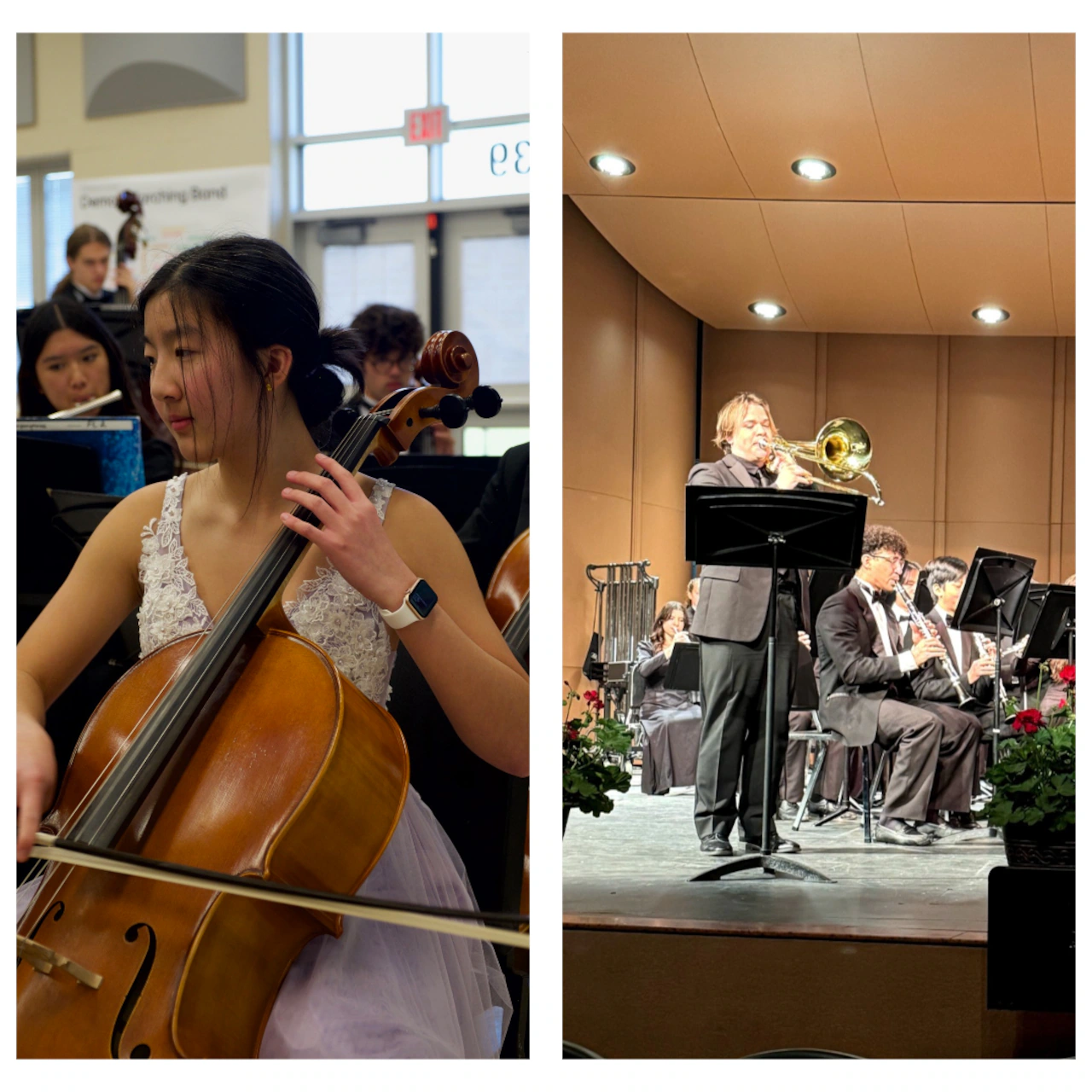
Summer 2025 is officially over — meaning it’s only a matter of time before Daylight Saving Time is too.
On Sunday, Nov. 2, participants will “fall back” at 2 a.m. which will become 1 a.m. — marking the end of DST and the beginning of Standard Time (ST).
At this time, sunrise and sunset will be one hour earlier than it was during DST, according to The Old Farmer’s Almanac.
Read more: FBI issues warning: Beware of ‘devastating financial losses’ from scam
“The general idea is that this allows us all to use natural daylight better: moving the clocks forward one hour in the spring grants us more daylight during summer evenings, while moving clocks back one hour in the fall grants us more daylight during winter mornings‚” The Old Farmer’s Almanac reports.
In most regions of America, Standard Time lasts about 4.5 months out of the year and is sometimes referred to as “winter time,” or “normal time,” according to timeanddate.com.
DST accounts for nearly 65% of the year and will kick off next year on Sunday, March 8, 2026.
At that time, clocks “spring forward” one hour from 2 a.m. to 3 a.m.
Read more: $3 million settlement in Mill St. pedestrian death
Why do we change clocks and who participates?
According to the National Institute of Standards and Technology, changing clocks forward for DST “has the effect of creating more sunlit hours in the evening during months when the weather is the warmest.”
While most of the country observes DST, Hawaii, American Samoa, Guam, Puerto Rico, the Virgin Islands and the state of Arizona, do not, with the exception of the Navajo Indian Reservation, which does.
The tradition was formally introduced in the United States in 1918 under the term “Fast Time.”
Read more: Is Jimmy Kimmel launching a news show with Rachel Maddow and Colbert? Here’s the real story
However, its use ended less than a year later, though cities such as Boston, New York and Pittsburgh continued to use it.
In 1942, the concept was reintroduced under President Franklin D. Roosevelt as “War Time,” and held through 1945.
It wasn’t until the Uniform Time Act of 1966 was passed that America would establish a nationwide daylight saving time schedule.
The rules for daylight saving changed in 2007 for the first time in 20 years after the Energy Policy Act of 2005 was passed — “extending the length of DST in the interest of reducing energy consumption,” according to the National Institute of Standards and Technology.
Read more: Trump wants to end Daylight Saving Time: What it could mean for Mass.
Time change controversy
While the ritual of turning clocks back has been in place for more than 50 years, at least 45 states have considered discontinuing the time shifts or pressed for legislative action to end it.
According to a 2025 Gallup Poll, 54% of survey respondents say they are ready to do away with the practice while 6% are unsure.
Read more: Daylight saving in 2025 is coming to an end soon — when to fall back
Compared to Gallup’s 1999 clock-change survey, public support for daylight saving time has plummeted across all demographic groups.
“Most subgroups — by age, political affiliation, income and education — have seen declines in support for DST of 30 percentage points or more, except for low-income Americans, who show a 19-point drop,” the analytics company reports.
Survey results show 48% of Americans prefer permanent Standard Time to DST, while 24% responded in favor of permanent DST.
Only 19% voted in favor of switching between the two.
“Even though DST allows for sunnier evenings over the spring and summer, it comes at the cost of setting clocks ahead every March,” the company states in its findings. “And yet, keeping DST would mean later sunrises, particularly in winter months.”



